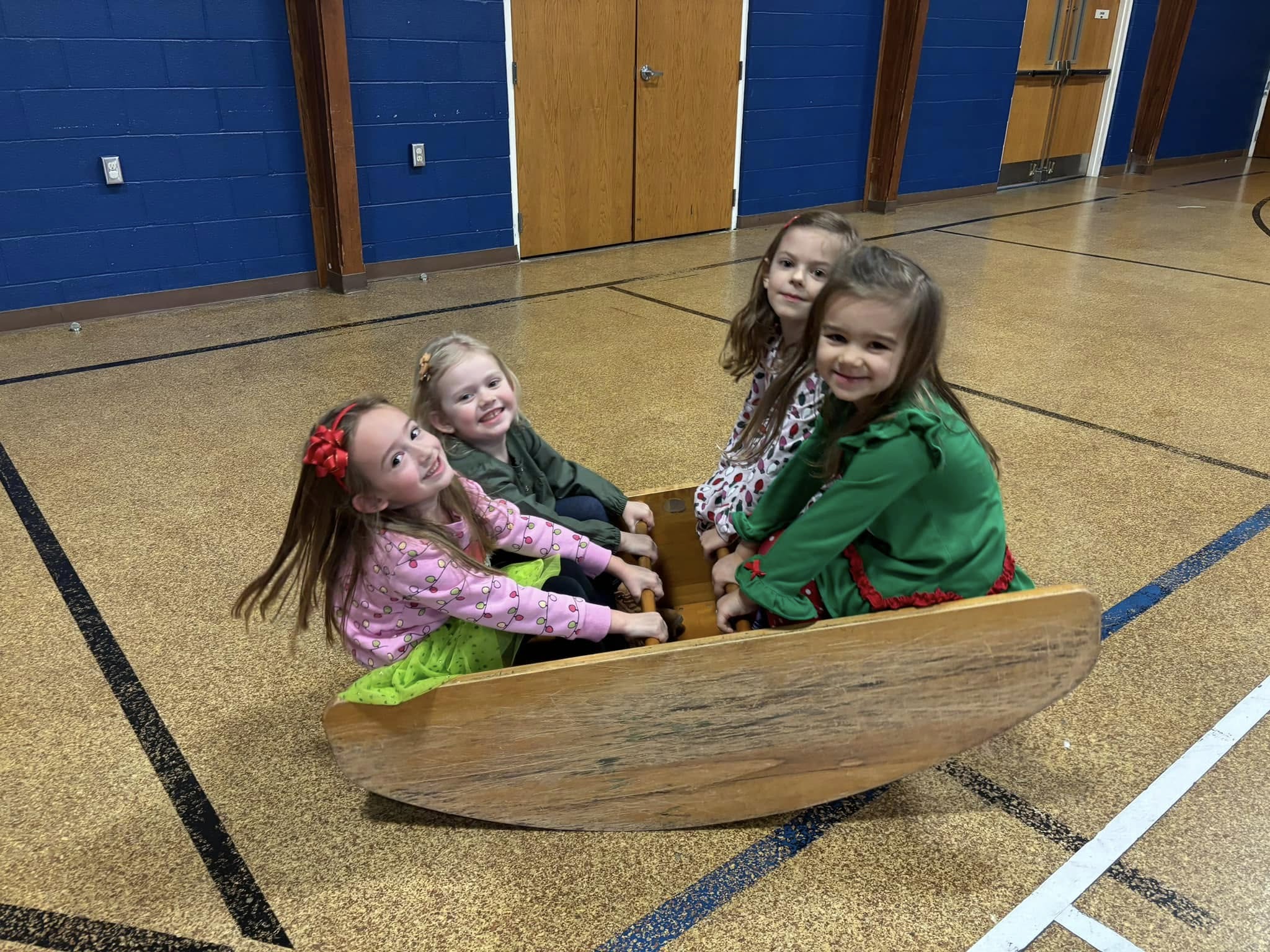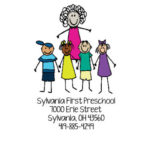Curriculum
Play-based learning provides opportunities for children to actively and imaginatively engage with people, objects and the environment. Symbolic representation is a critical aspect. When playing, young learners may be organizing, constructing, manipulating, pretending, exploring, investigating, creating, interacting, imagining, negotiating and making sense of their world. It promotes the holistic development (physical, social, emotional, cognitive and creative) of a child.


Play-based learning includes the following elements:
- Self chosen: A child voluntary chooses to play, how they’ll play, and for how long. An adult may initiate play insofar as he or she invites or suggests play but the child determines the rest.
- Enjoyable: Play is enjoyable for the child. This emotional aspect is important. There may be some frustrations or disagreements during play but overall it’s pleasurable.
- Unstructured: A child has ample time to explore and discover during play. They’re directed by their own interests, not by any prescribed rules or plans.
- Process-oriented: There is no end or learning goal. Instead, it’s the process of play that’s important.
- Make believe: Play often involves imagination, ‘make believe’, or ‘playing pretend.’

